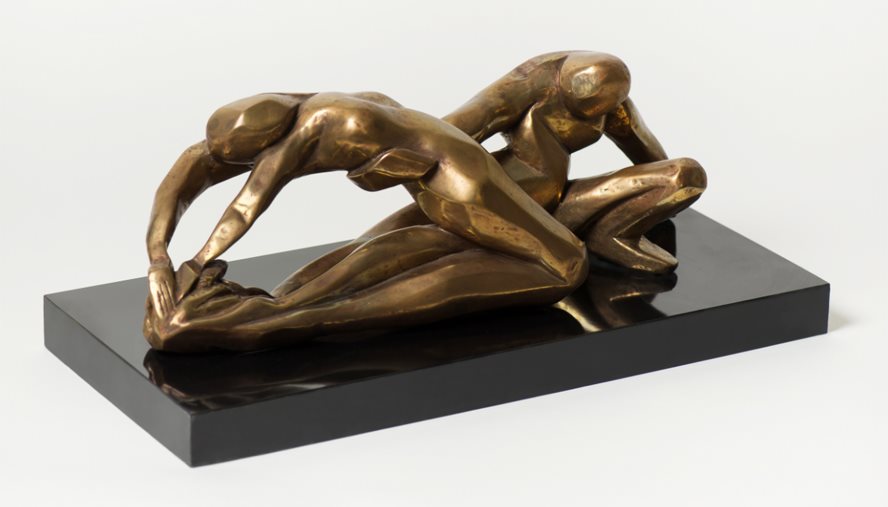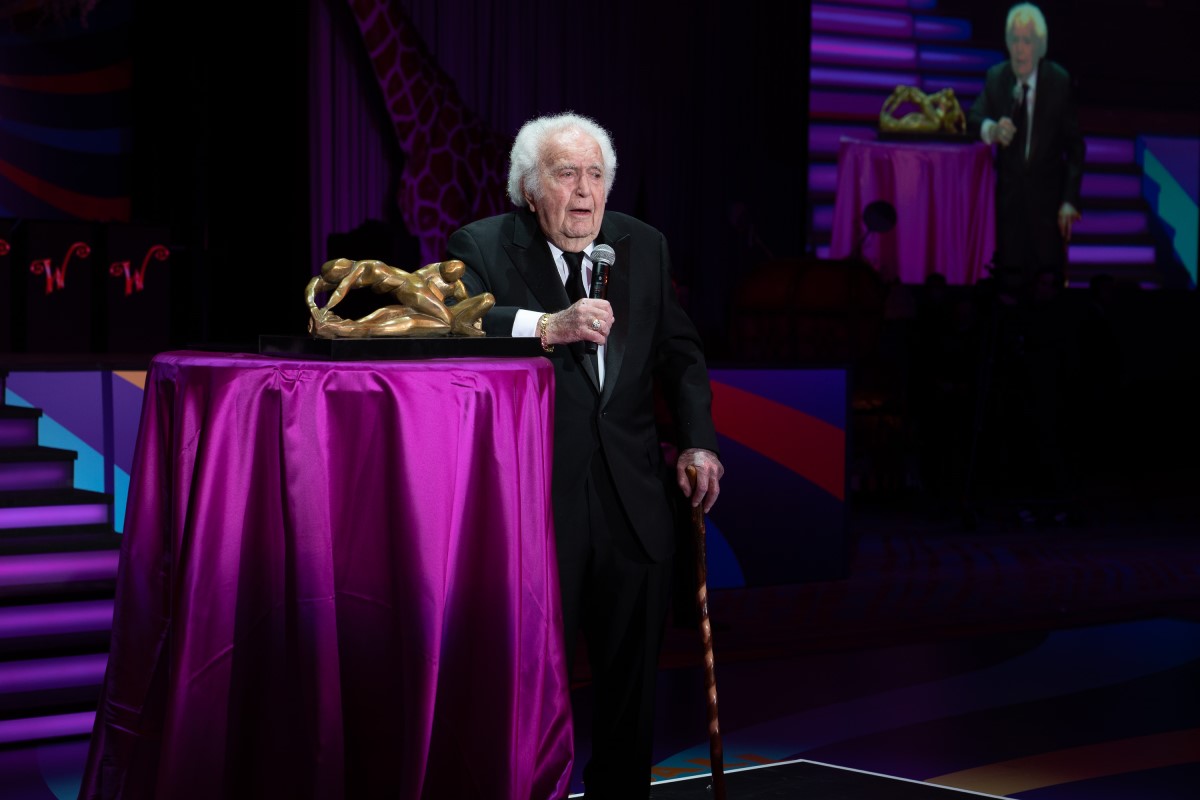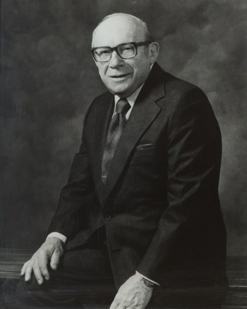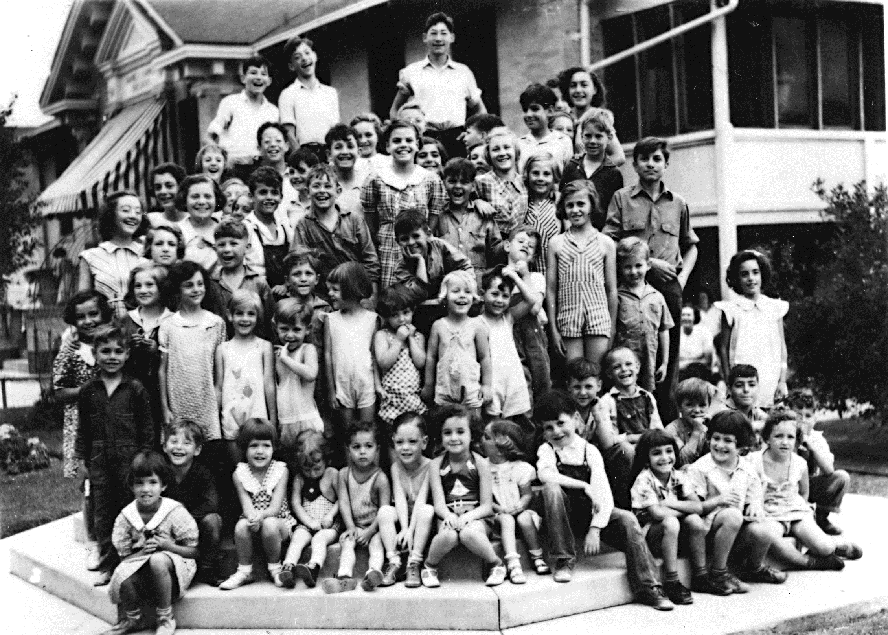The Arthur B. Lorber Award for Distinguished Service
The Arthur B. Lorber Award for Distinguished Service

The highest honor that National Jewish Health bestows is the Arthur B. Lorber Award for Distinguished Service.
This award was created in 1981 to honor the late Arthur B. Lorber who led the transformation of the Denver Sheltering Home into the world’s premier treatment center for respiratory diseases. Mr. Lorber was the visionary who combined compassionate care with ground-breaking research. The clinical and research programs that he set in motion at the National Asthma Center (formerly the Denver Sheltering Home) have helped millions around the world and became part of National Jewish Health when the two organizations merged in 1978.
The Lorber Award is symbolized in a beautiful sculpture by Joel Mosko, MD (1912-1994). The sculpture is entitled “Dialogue” and represents communication and caring.
Award Recipient
Recipients of the Arthur B. Lorber Award for Distinguished Service have shown leadership in an area that has impacted our reputation, service, science or mission.
2024: Eddie Robinson

Past Award Recipients
2017: Carrie & John Morgridge
2012: The Honorable Daniel K. Inouye, U.S. Senator *
2011: Michael & Iris Smith*
2008: Norman Brownstein, Esq. and Wendy Siegel
2004: Herbert L. Ash
2002: The Fund To Cure Asthma (Nancy & James Berry Hill and Marjorie & Stephen Raphael)
2001: Albert D. Angel
2000: Sunya P. Kronstadt
1999: Robert L. Mettler
1997: Carol D. Nichols
1996: Peter M. Henson, PhD
1995: Burton M. Tansky
1994: Larry A. Silverstein
1993: Leonard M. Perlmutter
1991: J. Peter Grace
1990: Philippa Marrack, PhD, & John Kappler, PhD
1989: Conrad D. Stephenson
1988: Cecil Green & Howard V. Rickenberg, PhD
1987: Richard S. Farr, MD
1986: Robert L. Silber & David S. Touff
1985: Arthur Robinson, MD
1984: Dollie & Jack Galter
1983: Richard N. Bluestein
1982: Andrew Goodman
Arthur B. Lorber (1903-1978)
President National Asthma Center 1958 to 1975
 Arthur Lorber, known to friends and associates as Buemey (a Hungarian nickname pronounced, “Boomy”), was a member of the resident Board of Trustees for the Denver National Home for Jewish Children. Originally founded in 1907 as the Denver Sheltering Home for Jewish Children, the “Home” was a refuge for poor children who had lost parents to tuberculosis (TB) or whose parents were hospitalized at National Jewish Health for several years of TB treatment.
Arthur Lorber, known to friends and associates as Buemey (a Hungarian nickname pronounced, “Boomy”), was a member of the resident Board of Trustees for the Denver National Home for Jewish Children. Originally founded in 1907 as the Denver Sheltering Home for Jewish Children, the “Home” was a refuge for poor children who had lost parents to tuberculosis (TB) or whose parents were hospitalized at National Jewish Health for several years of TB treatment.
Mr. Lorber’s mother, Fannie E. Lorber, was a founder of the “Home” and served as its president for 51 years until her death in 1958. Mrs. Lorber was posthumously inducted into the Colorado Women’s Hall of Fame in 2006.
Upon his mother’s death, Arthur Lorber was appointed president of the Denver National Home for Jewish Children and the new asthma research program which was known by the acronym, CARIH (Children’s Asthma Research Institute and Hospital). Later the organization would be known as the National Asthma Center.
By the 1960s, the organization had evolved into a treatment center for children with asthma, and had gained a national and international reputation for its asthma care and research. As President, Mr. Lorber became the key figure in developing asthma treatments. He set into motion clinical and research programs that remained in existence even after the merger with National Jewish Health. Mr. Lorber retired in 1975, leaving a legacy of patient care and innovative research in the fields of respiratory, immunology and related disorders.
Timeline
1907: Denver Sheltering Home for Jewish Children Founded
1928: Name changed to the National Home for Jewish Children in Denver
1953: Name changed to Children’s Asthma Research Institute and Hospital (CARIH)
1973: Name changed to National Asthma Center
1978: National Asthma Center merges with National Jewish Health
 Children pose outside the Fannie E. Lorber Building in 1931.
Children pose outside the Fannie E. Lorber Building in 1931.
